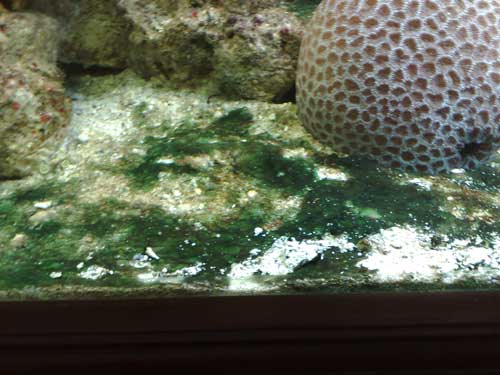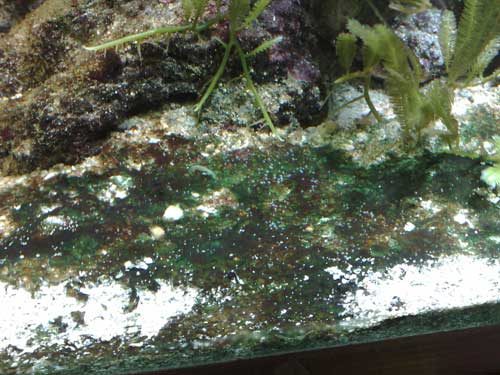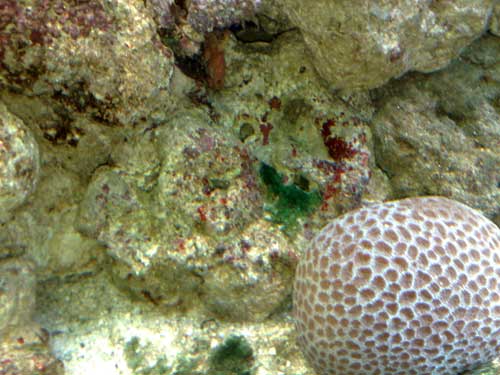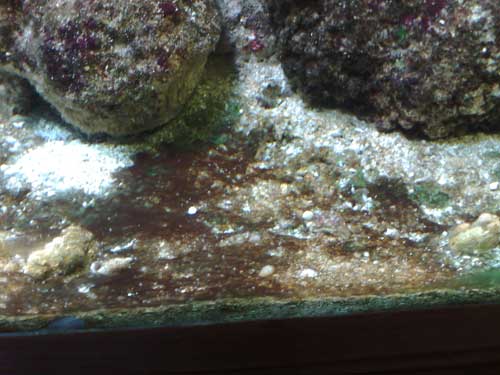Hi.... I had recently setup a marine tank which is now 3 months old... recently my tank is showing green algae growth... and i think its spreading fast.... am attaching snapshots so that you can have a better look at it... I also have some brown algae in other parts of the tank.
Is this outbreak a general one in new tanks and will it stop.. ( http://books.google.com/books?id=lS...7-A0&sig=DRt_1xc8NL8QgI1L_JOCSlY5RO4#PPA40,M1) here it says that after the brown algae growth the green algae and is good. Is my tank undergoing this process.
I live in India... and here its hard to get any thing related to marine tanks... especially water quality testers.. so i have no idea how to check the phosphate levels. Is there any way i can stop this growth and completely prevent it...
I was thinking of stopping th filters and try scraping the algae along with the coral sand( without spilling it). Will this help in anyway. I keep the lights on for 8hrs.




Is this outbreak a general one in new tanks and will it stop.. ( http://books.google.com/books?id=lS...7-A0&sig=DRt_1xc8NL8QgI1L_JOCSlY5RO4#PPA40,M1) here it says that after the brown algae growth the green algae and is good. Is my tank undergoing this process.
I live in India... and here its hard to get any thing related to marine tanks... especially water quality testers.. so i have no idea how to check the phosphate levels. Is there any way i can stop this growth and completely prevent it...
I was thinking of stopping th filters and try scraping the algae along with the coral sand( without spilling it). Will this help in anyway. I keep the lights on for 8hrs.









